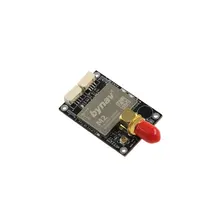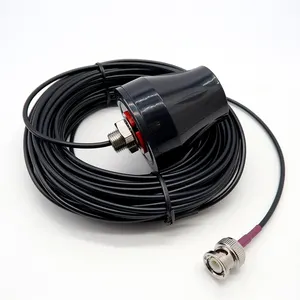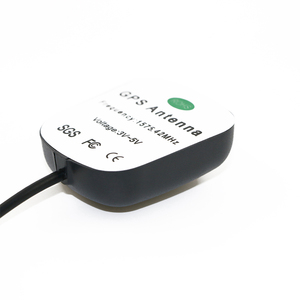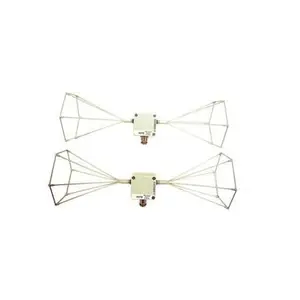Understanding Biconical Antennas
Biconical antennas are a distinctive category of radio antennas, notable for their broad bandwidth and omnidirectional coverage. This type of antenna is characterized by its conical elements, which give it a unique shape and electrical properties. Utilized in a variety of applications, biconical antennas are essential in fields requiring stable and wide-ranging frequency response.
Design and Functionality
The design of a biconical antenna is a critical aspect that influences its performance. These antennas consist of two conical conductive objects, which are positioned tip-to-tip and connected to the transmission line at the wide ends. This configuration allows for efficient transmission and reception over a wide range of frequencies, making them versatile for various communication needs.
Applications of Biconical Antennas
Biconical antennas are widely used in electromagnetic interference (EMI) testing due to their consistent performance across a broad spectrum. Their application extends to fields such as spectrum monitoring and communication systems where reliable signal transmission is required. The adaptability of these antennas to different environments makes them a preferred choice for both indoor and outdoor use.
Features and Advantages
A key feature of the biconical antenna is its broadband capability, which allows it to operate over a wide frequency range without the need for multiple antennas. This not only simplifies the setup but also reduces overall system costs. Additionally, the omnidirectional radiation pattern ensures that signal coverage is uniform in all horizontal directions, which is beneficial for non-directional communication.
Materials and Construction
The construction materials of a biconical antenna are chosen for durability and performance. Typically, high-quality conductive metals are used to ensure efficient signal transmission and reception. The robust build of these antennas contributes to their longevity and reliability in various operational conditions.
Choosing the Right Biconical Antenna
Selecting the appropriate biconical antenna involves considering factors such as frequency range, power handling, and the specific application it will be used for. It is important to assess the compatibility of the antenna with the existing communication system to ensure optimal performance. On Alibaba.com, a diverse array of biconical antennas is available from international suppliers, each designed to meet different technical requirements.









































 浙公网安备 33010002000092号
浙公网安备 33010002000092号 浙B2-20120091-4
浙B2-20120091-4